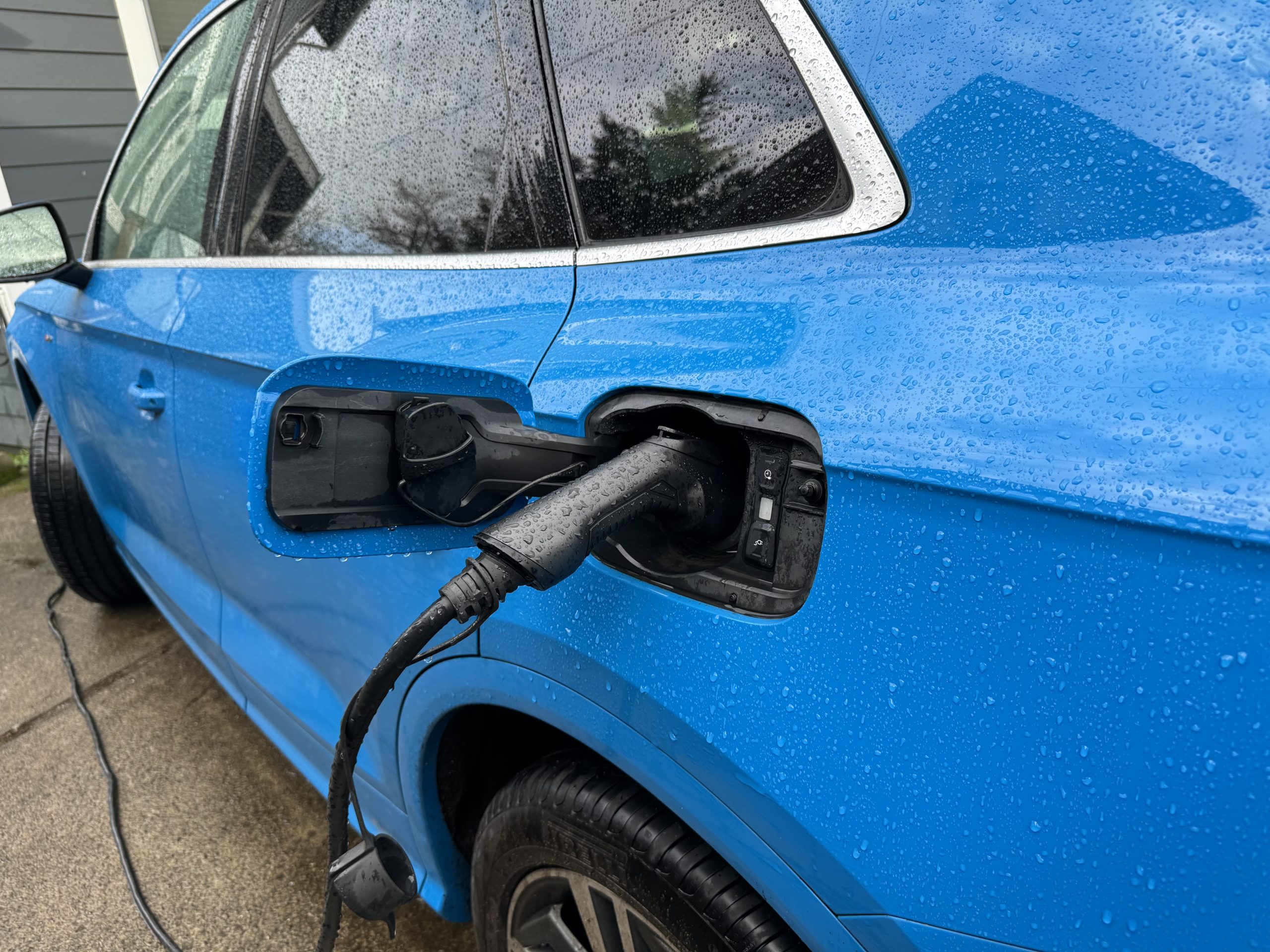
A couple weeks ago, many parts of the US experienced a spurt of winter weather, and one of the side effects of this was that a lot of electric car owners in cities faced some obstacles. The colder temperatures reduced their cars’ battery capacity and made recharging slower. That, and likely the general desire to get cars fully charged to be prepared for the weather, caused long waits at fast charging stations, and some car owners had their batteries go dead, creating headaches.
And of course, as this made its way through the news cycle, it continued to sow more doubt into the US’s transition to electric vehicles. If you’re in the market for a car and considering electric but you remember a news report about something bad happening with electric car owners where they ended up stranded, you might just give up on the idea of an EV altogether even if you don’t remember the exact details.
Indeed, EV adoption is running into some obstacles in the US. We are woefully behind on installing enough public chargers that EV owners aren’t anxious about their ability to keep their vehicle charged while using it. If you have a private place to park and charge your car every night, electric cars are mostly a net win because now you don’t even have to worry about going to a gas station periodically. But for those who don’t have that luxury, or when traveling out of town, this is a huge problem.
There’s a big push to get more DC fast chargers installed, but they’re expensive. They cost a lot of money and because they’re charging your vehicle using extremely high voltages and currents, they need specialized equipment and connections to the grid.
Instead, I wish we’d install an absolute shit ton of Level 2 chargers. These are the same chargers you use at home, hooked up to 240V, charging at up to 50 amps. Hell, even Level 1 chargers would be okay too; those would be the same but using 120V, though they are charging at a much lower amperage and take substantially longer to fully charge.
These chargers are cheap. Ones for home use cost just a few hundred dollars because the smart components for charging a car are inside the car itself; the charger provides power and it does some lightweight negotiation with the car to kick off the process. We could distribute commercial grade Level 2 chargers that contain a simple payment terminal to let people charge at low cost. Or we could just blanket cities and parking lots with them and bundle the cost of charging with the cost of parking.
And you can install Level 2 chargers just about anywhere you have electrical service. Worst case scenario, you need a bigger breaker box to accommodate the extra circuits you’re adding, but this is still much more straightforward than what it takes to install a fast charger.
Level 2 chargers are a good deal slower. For most cars it would take 8–10 hours to charge it completely. But in most cases, we don’t need super fast charging that gets your car to 80% in a half hour; we just need to get our cars charged while we’re running errands or while we leave our car parked overnight at a hotel, for instance.
If chargers are so ubiquitous that “parking spot” becomes synonymous with “charging spot,” anxiety about charging vanishes. In day to day use, you stop needing fast chargers because cars usually spend the bulk of their time parked, and if they always have a spot to charge they’ll be okay.
There’s still value in having fast chargers for people on long road trips and there’s nothing bad about continuing to build out that network, even in cities. Sometimes fast charging is what is needed. But it doesn’t need to be the default.
Here’s a rough comparison: if you had $1 million budget to install chargers, you could afford 20 to 50 fast chargers (depends on a lot of factors, like how many locations you’re installing them). But you could install 500–1000 Level 2 chargers, and maybe even more depending on conditions. As an EV owner, I’d rather be in a city with Level 2 chargers everywhere, as opposed to a moderate number of fast-chargers.
If we did this and we got to a point where car charging is ubiquitous and nobody has range anxiety, then inexpensive EVs with smaller batteries become an option. With smaller batteries the environmental footprint of an EV improves considerably since less material needs to be mined to make a tiny battery. And a small, lightweight car won’t need a huge battery to give you range of around 100 miles, and since the battery would be small, it can charge very fast even on a Level 2 charger (my Audi Q5 plug-in hybrid has a tiny little 14.1 kWh battery that Level 2 charges at 30A in under 90 minutes, for instance). Smaller, lower-range EVs could start seriously outcompeting comparable gas vehicles on cost, to the point where someone on a budget might buy an EV to come out ahead, instead of just well-to-do people buying them as is the case right now in the US.
Combine that with increased adoption of micromobility vehicles like e-bikes and scooters, as well as tweaking city designs to be less car-centric and support more walking and public transit, and we could put a serious dent in our transport-related CO2 emissions, and fast.
Leave a Reply